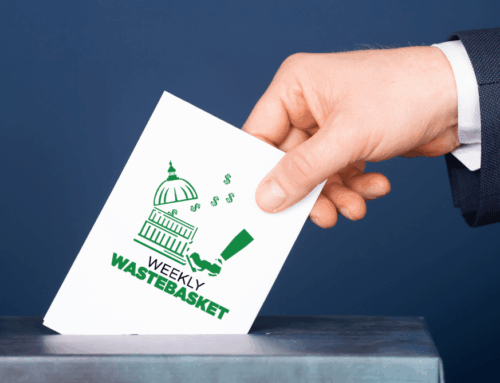The FY2025 budget reconciliation bill, known as the One Big Beautiful Bill Act (OBBBA) and signed into law on July 4, delivers billions of dollars' worth of windfall to the biofuels industry. The final bill mirrors some last-minute changes the Senate made to the tax provisions in the sprawling budget bill—reviving long-expired biofuel subsidies in addition to expanding eligibility and extending expiration for another major biofuels tax credit.
The final bill extends the Section 45Z Clean Fuel Production Credit by two years and greatly expands its eligibility. 45Z, originally created by the Inflation Reduction Act (IRA), is designed to subsidize production of transportation fuels with low or no greenhouse gas (GHG) emissions. This credit came into effect at the beginning of 2025 and was intended to replace a suite of recently expired biofuel tax credits (Section 40, 40A, 40B, 6426, and 6427). 45Z was scheduled to expire in 2027 under the IRA but will now expire at the end of 2029 under OBBBA—two years shorter than the House-passed bill and the Senate Finance Committee draft, but still a two-year bonus for eligible producers.
The final OBBBA stayed the same course as previous House and Senate proposals and preserves a controversial carveout that eliminates penalties for converting forests or grasslands into farmland for biofuels production. This essentially weakens the definition of "clean" fuel and significantly broadens eligibility for the credit, effectively allowing first-generation, food-based biofuels like corn ethanol and soy biodiesel to qualify. Corn ethanol and soy-based biodiesel—already mandated under the Renewable Fuel Standard and subsidized since the Carter era—could once again dominate the biofuels subsidy stream.
OBBBA establishes parity between Sustainable Aviation Fuel (SAF) and other transportation fuels under 45Z. SAF was previously eligible for a maximum credit of $1.75 per gallon (if prevailing wage and apprenticeship (PW&A) requirements are met), whereas other non-SAF fuels were only eligible for a maximum credit of $1.00 per gallon (if PW&A requirements are met). Under OBBBA, all fuels are eligible for the same $1.00 per gallon a maximum credit. Additionally, the bill eliminates potential double-dipping of 45Z and the SAF excise tax credit under Section 6426(k).
Mirroring the last-minute changes made by the Senate Budget Committee, the final bill also tacked on a provision that resurrects and increases the biodiesel tax credit (Section 40A), which had previously expired at the end of 2024, but only for small agri-biodiesel producers (Section 40A(b)(4)). The credit now runs from mid-2025 through the end of 2026. OBBBA doubles the credit amount from $0.10 per gallon to $0.20 per gallon for fuels sold after June 30, 2025. The small agri-biodiesel credit can now be transferred to an unrelated third party and be stacked on top of 45Z. In effect, some producers could double dip 40A and 45Z for the same gallon of fuel.
The final bill imposes new "foreign entity of concern" (FEOC) restrictions for the suite of tax credits that are not terminated, including 45Z. No specified foreign entities can claim 45Z after OBBBA's enactment. No foreign-influenced entities (an FEOC category of lesser degree) can claim 45Z two years after the bill's enactment. Additionally, the bill restricts eligibility for both 45Z and the small agri-biodiesel producer credit to feedstocks grown in the U.S., Canada, or Mexico for fuels produced after 2025.
The Joint Committee on Taxation (JCT) estimated that the expansion and extension of 45Z (combined with the effect of FEOC restrictions and the extension of the small agri-biodiesel producer credit) would cost taxpayers $25.7 billion over the next decade. The credit is projected to reduce federal payments to the Treasury by $10.5 billion in FY2029 alone, which surpasses the combined annual cost of the old $6 billion ethanol tax credit (VEETC) and the $3 billion biomass-based diesel tax credit, which Congress let expire in 2011 and 2024, respectively. As 45Z is designed to support the growing renewable diesel market and sustainable aviation fuel (SAF), both of which are expected to expand dramatically by the end of the decade, the cost of 45Z in 2029 and 2030 could exceed JCT projections if current trends continue and aviation fuel facilities ramp up production to qualify.
- Photo by engin akyurt on Unsplash










